As men age, natural testosterone levels tend to decrease, which can lead to a variety of physical and mental changes, including reduced energy, muscle mass, libido, and even mood swings. While testosterone replacement therapy (TRT) is one option, many men are looking for natural alternatives or supplements to support healthy testosterone levels. One of the most popular ways to do this is by using testosterone stacks — combinations of various supplements designed to optimize testosterone production.
- Testosterone naturally declines by 1-2% yearly after age 30. By 60, 20% of men fall below healthy levels, with symptoms like muscle loss, fatigue, and reduced libido.
- Testosterone stacks combine vitamins, minerals, and herbs to support natural testosterone production. Key ingredients include Vitamin D, Zinc, Magnesium, and plant-based options like Ashwagandha and Tongkat Ali.
- Lifestyle matters: Regular strength training, quality sleep (7-9 hours), and a balanced diet can boost results.
- Compare options: Testosterone Replacement Therapy (TRT) offers faster results but requires medical supervision, while natural stacks are slower but safer for most men.
Quick Comparison
| Aspect | TRT | Natural Stacks |
|---|---|---|
| Time to Results | 3-6 weeks | 2-3 months |
| Cost | $100-500/month | $30-150/month |
| Effectiveness | Rapid and noticeable | Gradual improvements |
| Fertility Impact | May reduce fertility | Maintains fertility |
Start here: Focus on improving sleep, exercise, and diet, then consider natural stacks with regular hormone testing to track progress.
Testosterone's Effects on Male Ageing
Testosterone plays a central role in maintaining functions that often decline with age, such as muscle strength, fat distribution, and heart health [1]. While its impact on sexual health is widely recognized, testosterone also helps guard against metabolic syndrome and cognitive decline [2][1].
Natural testosterone boosters aim to tackle these age-related challenges, but understanding the underlying biology is key to addressing the issue effectively.
Root Causes of Low Testosterone
Several factors contribute to the drop in testosterone levels as men grow older:
- Age-Related Changes: Over time, the testes become less responsive to luteinizing hormone (LH), and the number of testosterone-producing cells decreases.
- Hormonal Regulation Shifts: The body's ability to regulate hormones weakens with age. Higher levels of sex hormone-binding globulin (SHBG) reduce the free testosterone available for the body to use.
- Lifestyle and Health Issues: Factors like chronic stress, poor sleep, and certain medications can speed up testosterone decline. Additionally, conditions such as obesity and diabetes create a feedback loop where low testosterone and poor metabolic health worsen each other.
These biological and lifestyle influences combine to produce noticeable symptoms, making early detection and management essential.
Signs of Low Testosterone
Tracking specific symptoms can help pinpoint when action is needed:
| Category | Key Indicators |
|---|---|
| Physical | Muscle loss, increased belly fat |
| Sexual | Reduced sex drive, erectile issues |
| Systemic | Mood changes, fatigue, insulin resistance |
The intensity of these symptoms varies between individuals but tends to worsen as testosterone levels drop. Regularly checking both symptoms and hormone levels can help determine when to consider treatment or lifestyle adjustments.
What Are Testosterone Stacks?
Testosterone stacks are a combination of different natural supplements that work synergistically to support healthy testosterone levels in the body. These stacks often include vitamins, minerals, herbal extracts, and amino acids that have been shown to help increase testosterone production, improve the body’s ability to utilize testosterone, or reduce estrogen levels to keep testosterone in balance.
When combined, these ingredients can have a more potent effect than taking any single supplement on its own. The goal is to enhance your overall hormonal health, improve muscle mass, increase libido, and even boost mental clarity and mood.
Main Components of Testosterone Stacks
Dealing with testosterone-related symptoms often requires targeted nutritional strategies. Testosterone stacks combine key nutrients and plant-based compounds to support hormone balance effectively.
Core Vitamins and Minerals
Micronutrients are the backbone of any testosterone stack. Here's a breakdown:
| Nutrient | Daily Dosage | Role in Hormone Support |
|---|---|---|
| Vitamin D | 1000-4000 IU | Aids hormone production |
| Zinc | 30-40 mg | Critical for testosterone synthesis |
| Magnesium | 200-400 mg | Boosts free and total testosterone |
| Vitamin B6 | 50-100 mg | Helps regulate androgen levels |
| Boron | 6-10 mg | Increases free testosterone |
For best results, take vitamin D and boron with your morning meal, and magnesium before bed.
Plant-Based Ingredients
Certain botanicals have been shown to help balance hormones and support testosterone levels:
- Ashwagandha: Studies suggest it can improve testosterone and sperm quality over a 90-day period.
- Fenugreek: Known for supporting metabolic health, it has been linked to better testosterone levels after three months of use.
- Tongkat Ali: Shown to enhance Leydig cell function and lower SHBG (sex hormone-binding globulin), leading to a 37% testosterone increase in men with low levels.
Best Practices for Use
To get the most out of these components while minimizing side effects:
- Use a cycle of 8-12 weeks on, followed by 4-6 weeks off.
- Regularly monitor your blood biomarkers every 3-6 months for safety and effectiveness [3].
- Start with lower doses and increase gradually to avoid adverse reactions.
Medical vs Natural Testosterone Support
This section builds on earlier nutritional strategies, comparing testosterone stacks with other treatment options.
Men considering testosterone support need to choose between direct hormone replacement and boosting natural production. Prescription TRT (Testosterone Replacement Therapy) offers quicker results - initial effects in 3-6 weeks - but requires medical supervision. In contrast, nutritional stacks work more slowly, typically taking 2-3 months, by supporting the body's natural hormone production pathways [2][1].
A study involving 790 men showed TRT's measurable benefits for bone density and hemoglobin levels [2]. On the other hand, supplement stacks aim to support long-term hormonal balance.
Comparing Results and Risks
| Aspect | Medical TRT | Natural Support |
|---|---|---|
| Time to Results | 3-6 weeks for initial effects, 3-6 months for full benefits | 2-3 months or longer |
| Effectiveness | Noticeable, measurable improvements | Gradual, modest changes |
| Cost | $100-500 per month, plus medical visits | $30-150 per month for supplements |
| Monitoring | Regular blood work, PSA, and hematocrit testing | Basic hormone and metabolic panels |
| Impact on Fertility | Can suppress natural testosterone production | Usually maintains fertility |
| Medical Oversight | Requires physician supervision | Optional consultation |
TRT carries risks like increased red blood cell production, worsening sleep apnea, and potential prostate issues. Natural stacks, while generally safer, still require careful selection to ensure quality and avoid harmful interactions.
For men dealing with normal age-related testosterone decline, natural stacks are often the go-to choice unless clinical hypogonadism is diagnosed. In cases of hypogonadism (testosterone levels below 300 ng/dL), TRT is usually recommended, especially if natural methods have failed to deliver results [3]. Men with borderline or moderately low levels might start with supplements, paired with regular biomarker tracking to monitor progress.
sbb-itb-55c436e
Safe Usage of Testosterone Stacks
Using testosterone stacks effectively and safely requires careful planning and monitoring. To avoid risks, focus on timing protocols, tracking health markers, and ensuring medical supervision.
Timing and Cycle Protocols
Stick to an 8-12 week supplementation cycle, followed by a 4-week break to let your body maintain its natural hormone production. Taking supplements in the morning with food can help align with natural testosterone rhythms. Start with the lowest effective dose for 4-8 weeks before making any changes.
| Phase | Duration | Key Actions |
|---|---|---|
| Initial Use | Weeks 1-8 | Begin with baseline dosing |
| Adjustment Period | Weeks 8-12 | Optimize dosage if needed |
| Recovery Break | 4 weeks | Stop all supplements |
Health Markers to Track
Regular testing is crucial to ensure both safety and effectiveness. Here are the key markers to monitor:
-
Primary Indicators:
- Total and free testosterone levels
- Estradiol
- Prostate-specific antigen (PSA)
-
Secondary Markers:
- Complete blood count
- Lipid panel
- Liver function tests
Testing every 8-12 weeks is recommended. If you notice side effects like acne or mood changes, lower your dosage immediately and consult your healthcare provider.
Supporting Habits for Better Results
Research shows that lifestyle choices can either enhance or limit the effectiveness of supplements. The following strategies align well with the biomarker monitoring methods discussed in the Safe Usage protocols.
Best Exercises for Testosterone
Certain types of exercise are known to naturally boost testosterone levels. Resistance training and high-intensity workouts are particularly effective. Studies reveal that men who regularly engage in strength training can see testosterone increases of 15-40%. Here’s a breakdown of the most effective exercises:
| Exercise Type | Frequency | Testosterone Impact |
|---|---|---|
| Compound Lifts | 2-3x/week | Highest testosterone response |
| HIIT Sessions | 2-3x/week | 17% average increase over 12 weeks |
| Sprint Training | 1-2x/week | Acute hormone elevation |
| Recovery Days | 2-3x/week | Prevents overtraining |
Key Tip: Overtraining can actually lower testosterone levels. Keep workout sessions between 45-60 minutes and ensure adequate rest days.
Food and Sleep Guidelines
Your eating and sleeping habits play a big role in hormone health. For example, getting only 5 hours of sleep per night can lead to a testosterone drop of 10-15%.
Sleep Recommendations:
- Aim for 7-9 hours of sleep in a cool (around 65°F) and screen-free environment.
- Avoid intense workouts within 3 hours of bedtime.
Nutrition Tips:
- Focus on protein (30-35% of daily calories), healthy fats, and proper nutrition around workout times.
A study on men aged 59-70 found that performing compound exercises three times a week over 12 weeks led to a 14.5% increase in free testosterone [4].
Conclusion
Testosterone stacks can be a powerful tool for ageing men looking to reclaim their vitality and youthful energy. By combining the right ingredients, you can support healthy testosterone production, improve muscle mass, enhance libido, and feel more energized. Remember that everyone’s body is different, so it may take some experimentation to find the best stack for you.
Alongside supplementation, don’t forget the importance of a balanced diet, exercise, and good sleep hygiene. By incorporating these habits with a well-thought-out testosterone stack, you’ll be on your way to feeling and performing your best at any age.
FAQs
What are testosterone stacks?
Testosterone stacks are combinations of supplements designed to support and enhance natural testosterone production. These stacks typically include a blend of vitamins, minerals, and plant-based ingredients that work together to increase testosterone levels, improve the body’s ability to use testosterone, or reduce estrogen levels.
What are the benefits of testosterone stacks for ageing men?
Testosterone stacks can help ageing men by:
- Boosting testosterone production naturally.
- Improving muscle mass and strength.
- Enhancing libido and sexual health.
- Increasing energy and reducing fatigue.
- Improving mood and cognitive function.
- Supporting overall hormone balance.
How long does it take to see results from testosterone stacks?
Most men will start to notice improvements in energy, mood, and muscle mass after 2-3 months of consistent use of testosterone stacks. Results can vary based on individual health conditions and the specific stack being used.
What are the best ingredients in testosterone stacks?
The most commonly used ingredients in testosterone stacks include:
- Vitamin D: Supports testosterone production.
- Zinc: Critical for testosterone synthesis.
- Magnesium: Boosts free and total testosterone.
- Vitamin B6: Helps regulate androgen levels.
- Boron: Increases free testosterone.
- Ashwagandha: Reduces stress and boosts testosterone.
- Fenugreek: Supports metabolic health and testosterone levels.
- Tongkat Ali: Enhances testosterone by reducing SHBG levels.
Are testosterone stacks safe to use?
Testosterone stacks are generally safe when used correctly, but it’s important to follow recommended dosages and consult with a healthcare provider before starting. Regular testing of testosterone and other key health markers is recommended to ensure safety and effectiveness.









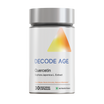

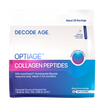

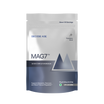
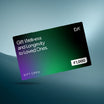









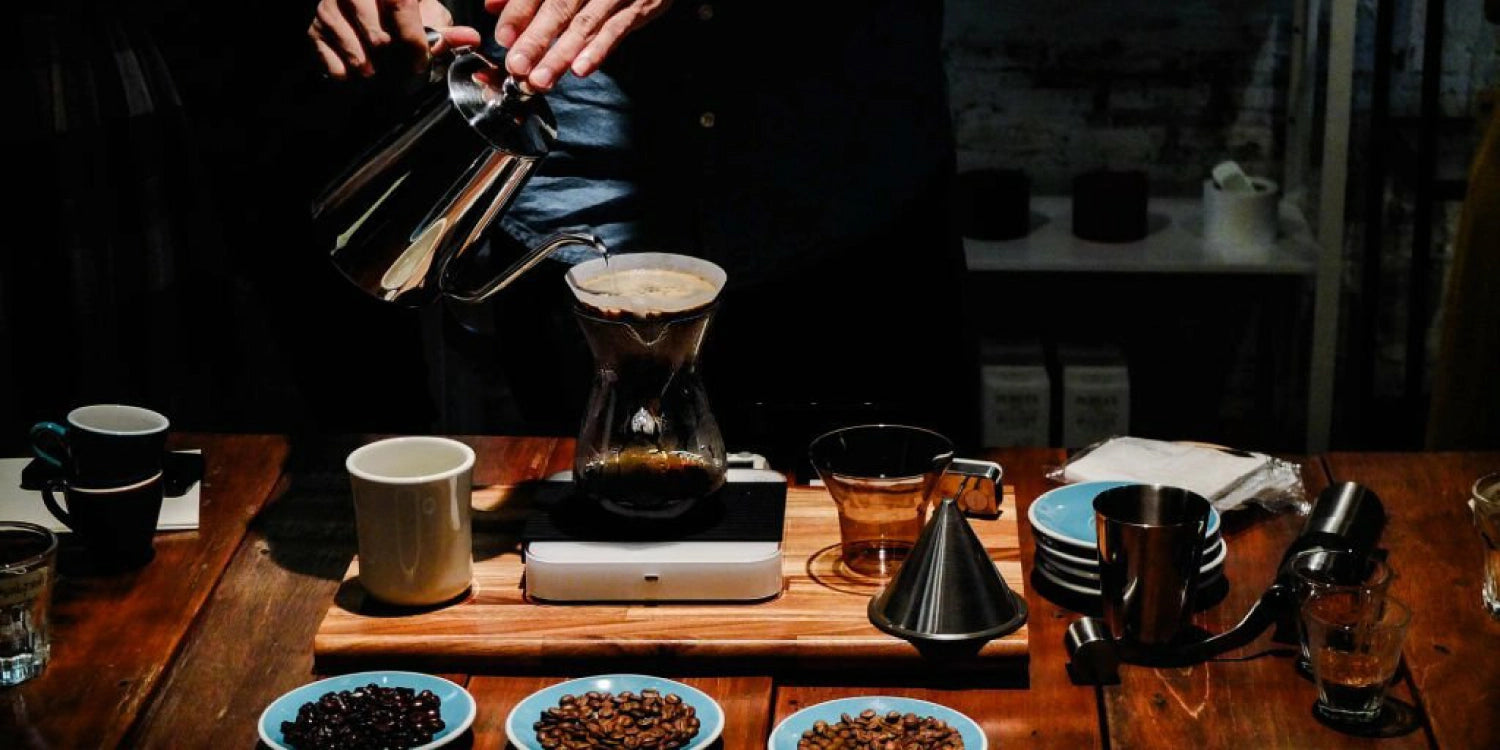
Leave a comment
All comments are moderated before being published.
This site is protected by hCaptcha and the hCaptcha Privacy Policy and Terms of Service apply.